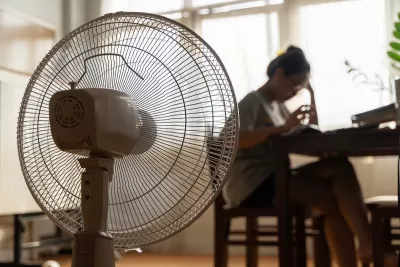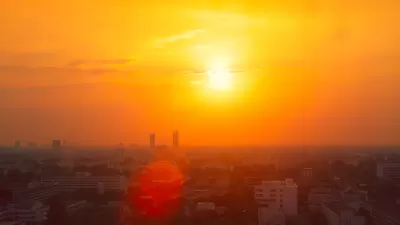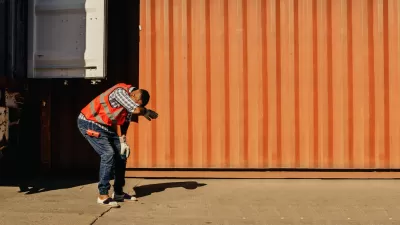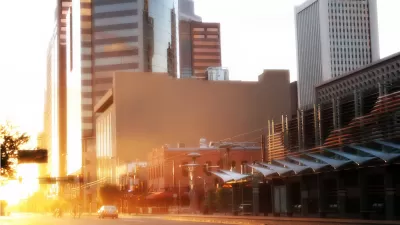Longer, more intense heat waves are driving up cooling costs and putting low-income households at higher risk for heat-related illnesses.

Summer cooling costs for the average U.S. household are projected to hit a 10-year high this year, according to a report from the National Energy Assistance Directors Association and Center for Energy Poverty and Climate.
As Ysabelle Kempe explains in Smart Cities Dive, the average bill over the June-through-September period is estimated to be $719, 8 percent higher than last year. “Some regions are projected to face a greater rise in average year-over-year summer electricity costs than others. The greatest bill increases are projected to be in the Mid-Atlantic, which includes New York, Pennsylvania and New Jersey, and the Pacific region, which includes Washington, Oregon and California.”
Extreme heat is becoming a pressing public health concern as more cities face rising summer temperatures and unsustainably high energy demands. For people without access to air conditioning or local cooling centers, heat can be deadly. Last year, a record 2,300 people died from heat-related causes. Only 17 states and Washington, D.C. have rules in place to prevent utility shutoffs. According to NEADA Executive Director Mark Wolfe, “What we’re missing in the country is a year-round strategy to help people pay their heating and cooling bills, and we think that Congress should take that up next year.”
FULL STORY: How US summer cooling costs are rising in 2 charts

Maui's Vacation Rental Debate Turns Ugly
Verbal attacks, misinformation campaigns and fistfights plague a high-stakes debate to convert thousands of vacation rentals into long-term housing.

Planetizen Federal Action Tracker
A weekly monitor of how Trump’s orders and actions are impacting planners and planning in America.

In Urban Planning, AI Prompting Could be the New Design Thinking
Creativity has long been key to great urban design. What if we see AI as our new creative partner?

California Creates Housing-Focused Agency
Previously, the state’s housing and homelessness programs fell under a grabbag department that also regulates the alcohol industry, car mechanics, and horse racing.

Chicago’s Ghost Rails
Just beneath the surface of the modern city lie the remnants of its expansive early 20th-century streetcar system.

Baker Creek Pavilion: Blending Nature and Architecture in Knoxville
Knoxville’s urban wilderness planning initiative unveils the "Baker Creek Pavilion" to increase the city's access to green spaces.
Urban Design for Planners 1: Software Tools
This six-course series explores essential urban design concepts using open source software and equips planners with the tools they need to participate fully in the urban design process.
Planning for Universal Design
Learn the tools for implementing Universal Design in planning regulations.
planning NEXT
Appalachian Highlands Housing Partners
Mpact (founded as Rail~Volution)
City of Camden Redevelopment Agency
City of Astoria
City of Portland
City of Laramie





























